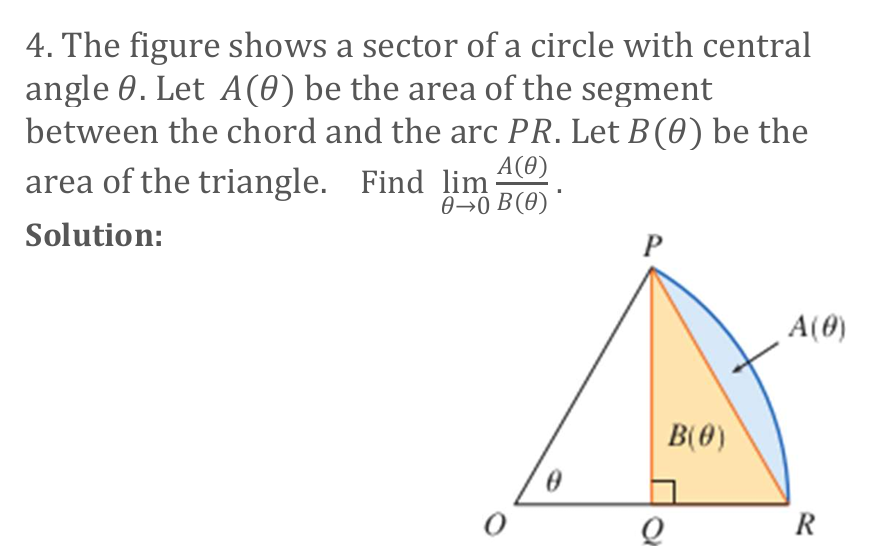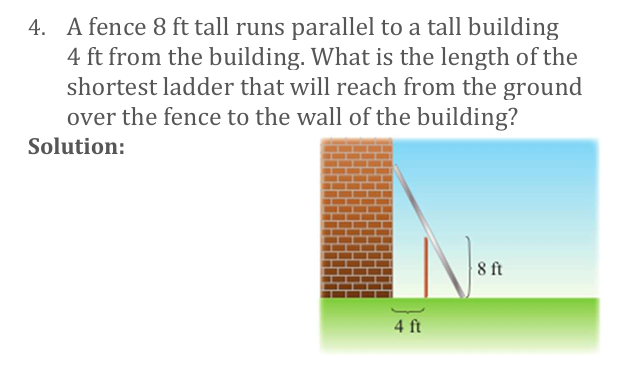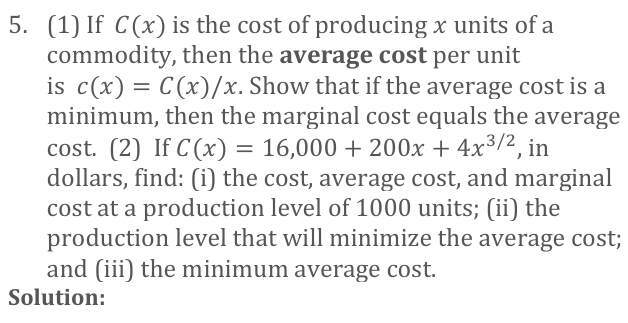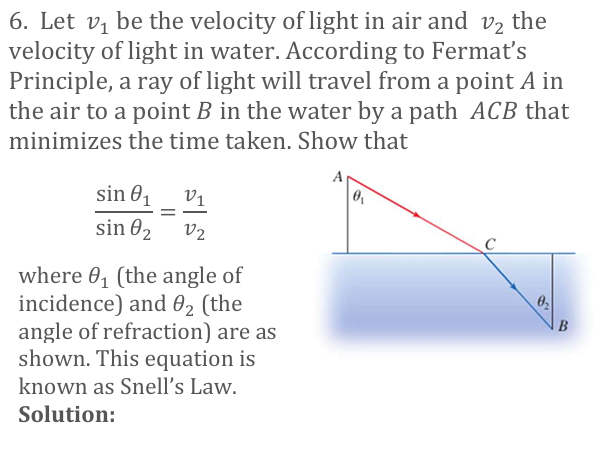Calculus 1: Chapter 4 Test Review
1/19
There's no tags or description
Looks like no tags are added yet.
Name | Mastery | Learn | Test | Matching | Spaced |
|---|
No study sessions yet.
20 Terms
Find the limit: lim x→∞ (1+a/x)bx
Find derivative using Chain Rule/Quotient Rule
Apply L' Hospital Rule Once
Convert log back into eab
Final Answer: eab
Find the limit: lim x→∞ ((2x-3)/(2x+5)2x+1
Convert [f(x)]g(x) —> limx→∞ lny = limx→∞ g(x) ln[f(x)]
Apply L’Hospital Rule Once
Find derivative using Quotient Rule/Chain Rule
Convert back limx→∞ lny = -8
Final Answer: e-8
How to determine where f is increasing or decreasing?
Take the first derivative ——→ f’(x)
f’(x)>0 = increasing
f’(x)<0 = decreasing
How to determine where f is concave up or down?
Same as finding where f is inc/dec but just take f’’(x)
cosx=0 on?
x = π/2, 3π/2
sinx = -1 on?
x = 3π/2
How to determine inflection points?
Solve where f’’(x) = 0, Critical Numbers
Input numbers into f’’(x) before and after C.N to find where f"(x) changes from (+) to (-)/vise versa
Prove that limx→∞ (ex)/(Xn) = ∞
Use L’Hospital Rule
Derivative of ex stays ex
Derivative of Xn becomes nxn-1 (a constant)
It will always be ∞
Prove that limx-∞ (lnx)/(Xp) for any p>0
Use L’Hospital Rule
Derivative of lnx = 1/x
Derivative of Xp is pxp-1
Limit becomes 1/pxp1
If p>0, then Xp will approach ∞
Basically 1/∞ = 0
If an initial amount A0 of money is invested at an interest rate r compounded n times a year, the value of the investment after t years is
A(t) = A0 (1 + r/n)nt
If we let n→∞ it represents continuous compounding: A(t) = A0 ert
Show that A(t) = A0 (1 + r/n)nt can equal to A(t) = A0 ert if n approaches infinity.
Convert [f(x)]g(x) —> limx→∞ lny = limx→∞ g(x) ln[f(x)]
Apply L’Hospital Rule
Use chain rule: g’[h(x)] h’
Factor out n
Convert log back
Final answer: A0ert

Find the area of Bθ
Base = 2sinθ
Triangle Area: ½ (base)(height)
Plug numbers into area of a triangle
Since r=1… B(θ) = ½ sinθ
Find area of A(θ)
Sector Area: ½ θ
Sector Area: sector area - triangle area
Plug into Aθ/Bθ
Evaluate Limit
Final Answer: 0

Plug in values into limx→∞ g(x) ln[f(x)]
(∞) *( -∞) = -∞
Convert back to log
e^-∞
Final Answer: 0^∞ always goes to 0 so NOT indeterminate
Use guidelines to sketch the curve
y = x / x2 - 4
Find Domain by setting denominator to = 0
Find Y-int by plugging in 0
Find X-int by setting it = 0
Find where its inc/dec and local extremas
Find concavity
Use graphing calculator to make sure!!

Horizontal Hyperbola: (x/a)2 - (y/b)2 = 1
Solve for y
y = +- b * square root of ((x2/a2) - 1)
Find asymptotes by setting horizontal hyperbola to 0
Plug into calculator and use a = 3, b=2
Use graphing calculator to graph!!

Plug into limx→∞ [f(x) - x2] = 0
Take limit
1/∞ = 0
Find x and y intercepts
Use graphing calculator to confirm!

Perimeter constraint
x + 3x + 2h = 1200
4x + 2h = 1200
Solve for h
Area formula for trapezoid: A = ½ (b1 + b2)(h)
Take derivative
Set =0
Final Answer: Area is 90000 ft2

Solve ellipse for y
Plug into area: A = 4xy
Take Derivative
Find max area
Final Answer: Amax = 2ab

Using similar triangles
Ladder length squared: L2 = (x+4)2 + (8(x+4)/x)2
Minimize this and derivative gives x=4
X = 4, then L = 16 ft
Final Answer: L = 16 ft

Average cost: c(x) = C(x)/x
To minimize average cost, Take derivative
set = 0
Solve
